Peel, Stick, and Block the Heat
![]() Personalized Custom Solutions
Personalized Custom Solutions
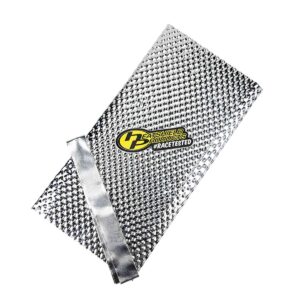
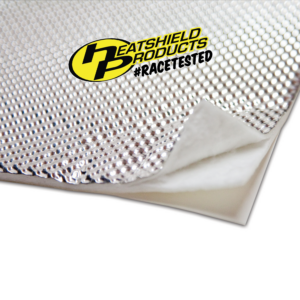
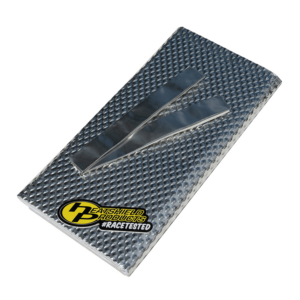
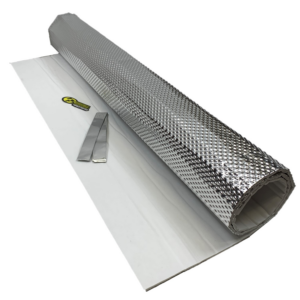
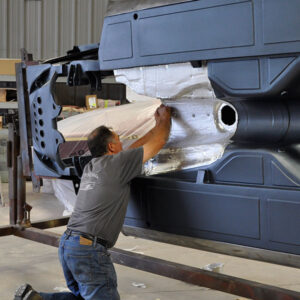
Peel, Stick, and Block the Heat
Heavy-duty adhesive heat barrier that reflects over 90% of radiant heat. It’s lightweight for racing yet tough enough for off-road and daily driving—ideal for firewalls, floor pans, and tunnels.

Maximize heat protection with Sticky Shield, a high-performance peel-and-stick heat barrier for automotive and off-road use. Designed to reflect over 90% of radiant heat, it performs best with 1 inch or more of clearance. Use it to protect transmission tunnels, firewalls, and floorpans from heat caused by headers and exhaust systems. It’s great for performance cars like Mustangs, Camaros, and Challengers—and just as effective in Jeeps, trucks, and race builds. Sticky Shield is asbestos-free, weather-resistant, and includes Cool Foil Tape to seal seams and guard against harsh conditions.
Sticky Shield stops heat from radiating into the cabin and protects key components underneath your ride. It features a 1/8-inch Kool Core™ insulation layer and a 3 mil-thick aluminum face for strength and durability. The adhesive backing sticks to most clean surfaces—just avoid unfinished fiberglass or raw carbon fiber. This stick-on heat shield is ideal for use on mufflers, catalytic converters, DPFs, turbos, and exhaust downpipes. Once installed, it’s easy to clean and holds up to both street and trail abuse.
The paper on the back of the shield can prove tricky to release from the adhesive. We recommend you check out our video call Sticky Shield Review for some helpful Pro-Tips.
Painting Sticky Shield is not recommended, as it reduces its ability to block blistering heat effectively. To maximize heat reflection and thermal insulation, the high-performance aluminum surface should remain unpainted for optimal automotive heat shielding and radiant heat protection.
No, Sticky Shield is cut easily with a pair of heavy-duty scissors or utility knife. Tin snips will struggle with cutting the insulation on this heat shield, we suggest avoiding them altogether. For the best results use a sharp utility knife and a straight edge.
Self-adhesives are not capable of filling in the small gaps, valleys and indentations of rough unfinished fiberglass and carbon with fibers raised out of the surface are not good for the adhesive to bond to. This significantly reduces the performance of the adhesive backing. Spray adhesives are more capable of filling in these surface imperfections.
Yes you can, if you want to add a screw or rivet in addition to the adhesive backing it is okay to do so. We just recommend using a large head rivet or fender washer to prevent damage to the aluminum when it is torqued down.
![]() Personalized Custom Solutions
Personalized Custom Solutions
Simple installation – in minutes